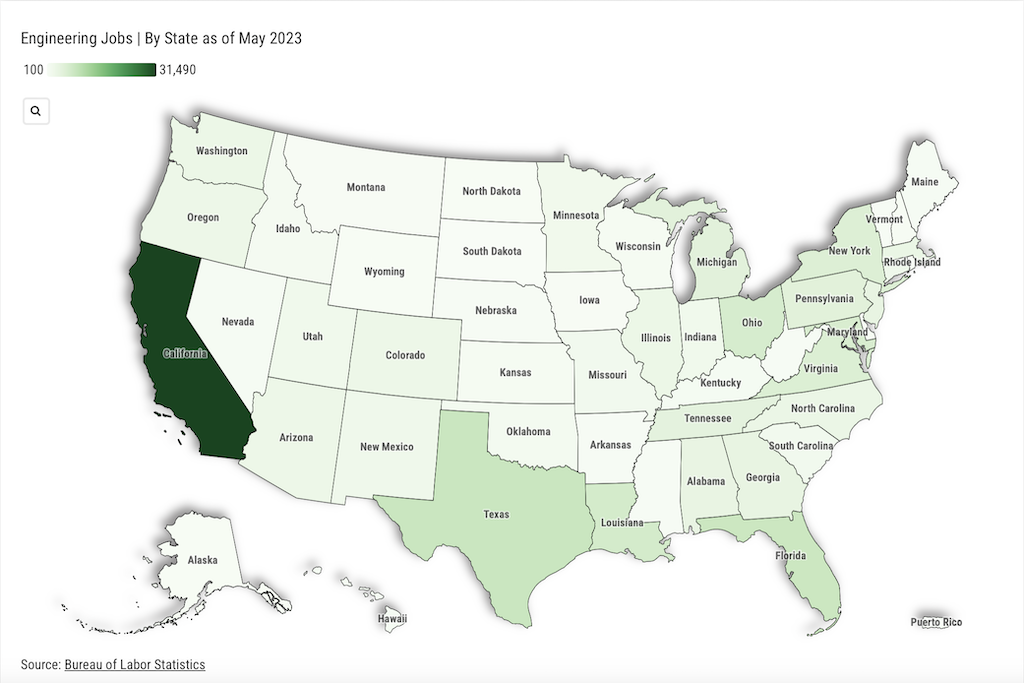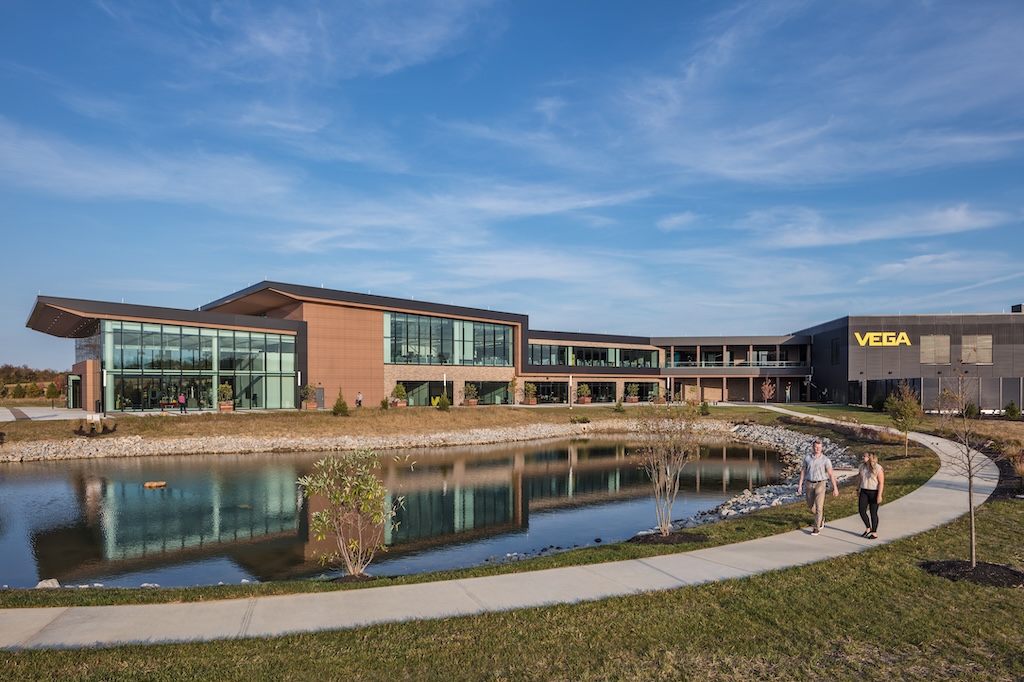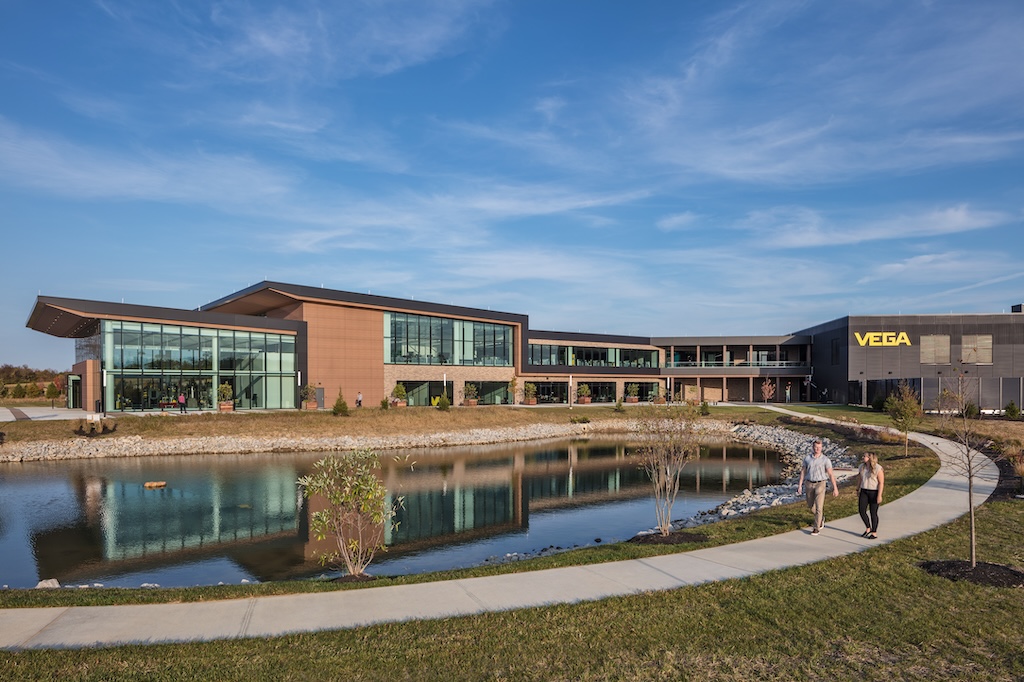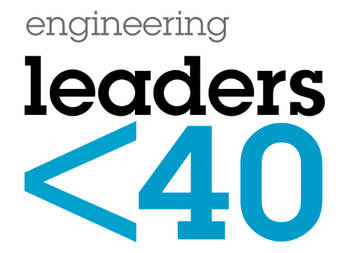The October issue of AppliedAutomation focuses on workforce development through universities and colleges and battery safety.

The challenge moving forward is finding qualified staff to design, deploy and maintain complex automation technologies. Effective training in new technology is fundamental. Organizations need to focus on the value of their total workforce and develop strategies to train, retain and engage them with the next generation of employees. With the experience and skills developed from many years of employment, retaining these experienced workers and using them to mentor new talent simply makes sound business sense.
The cover story in this issue of AppliedAutomation is about workforce development. The author writes: “Education of our young people is an important foundation for our future. Replenishing the industrial workforce is also crucial to our country’s progress. At the intersection of these two ideas are community colleges – a great source of employees in a wide range of fields. Industrial organizations have a lot to gain from collaborative programs with community colleges. And there are a variety of ways to work together.”
The cover story also includes three examples of industrial organizations working with community colleges – providing stronger education while meeting potential employees. Each of these stories includes how-to advice, and could be a model for other programs.
The other story in this issue is about long-life batteries. The author warns that battery self-discharge is a problem. He writes: “Self-discharge is a natural phenomenon that affects all batteries, as chemical reactions occur even when the battery is in storage and not being used. Self-discharge rates vary based on a number of factors, including the current discharge potential of the cell based on its design, the purity and quality of the raw materials and the ability of the battery manufacturer to control cell passivation, thereby slowing down the chemical reactions that lead to self-discharge.”
This article appears in the Applied Automation supplement for Control Engineering and Plant Engineering.



